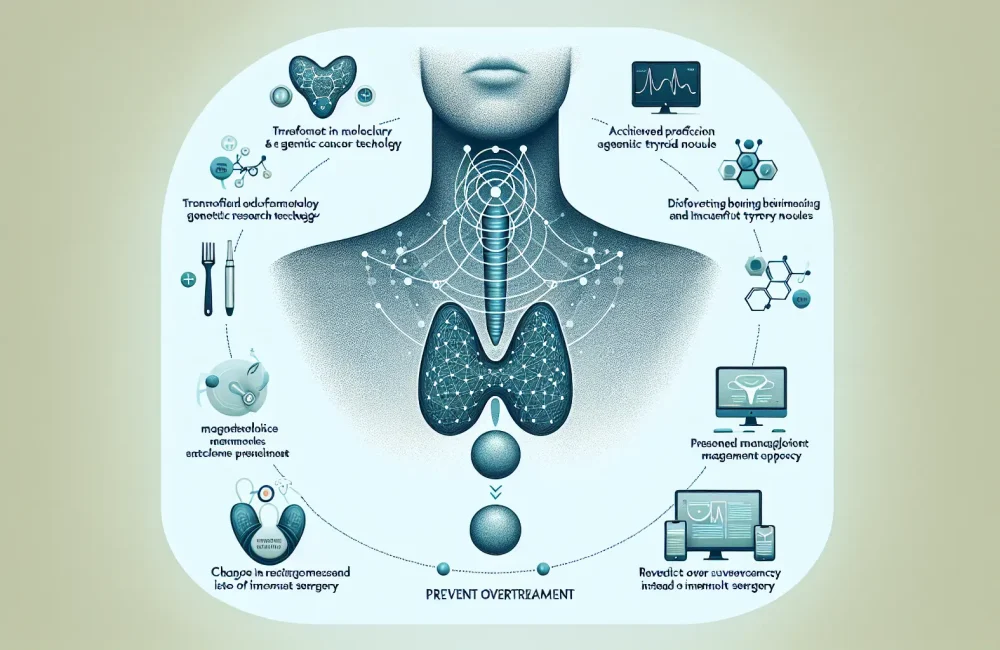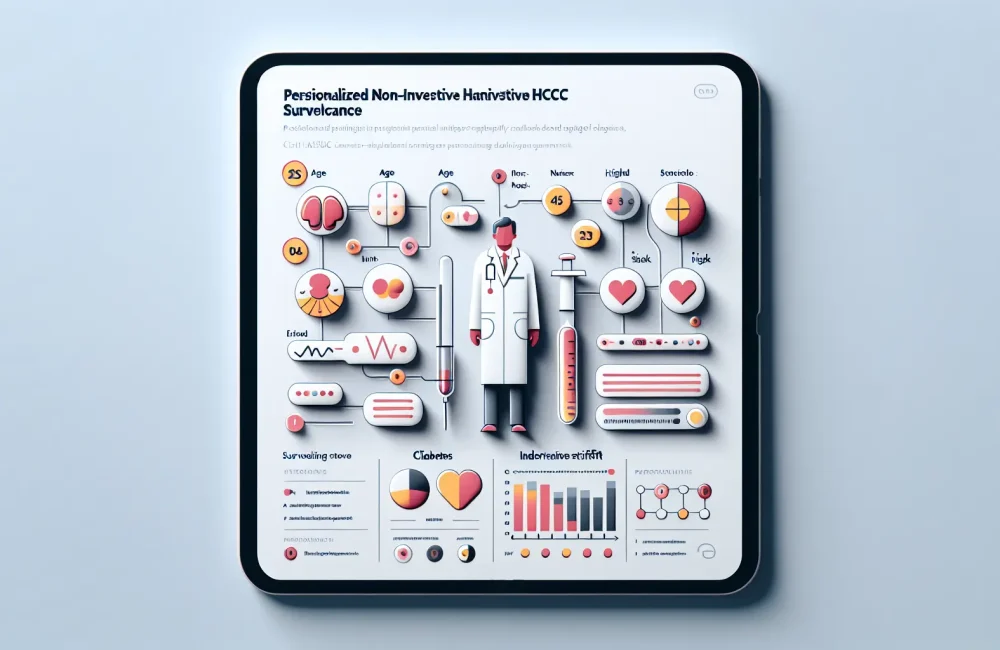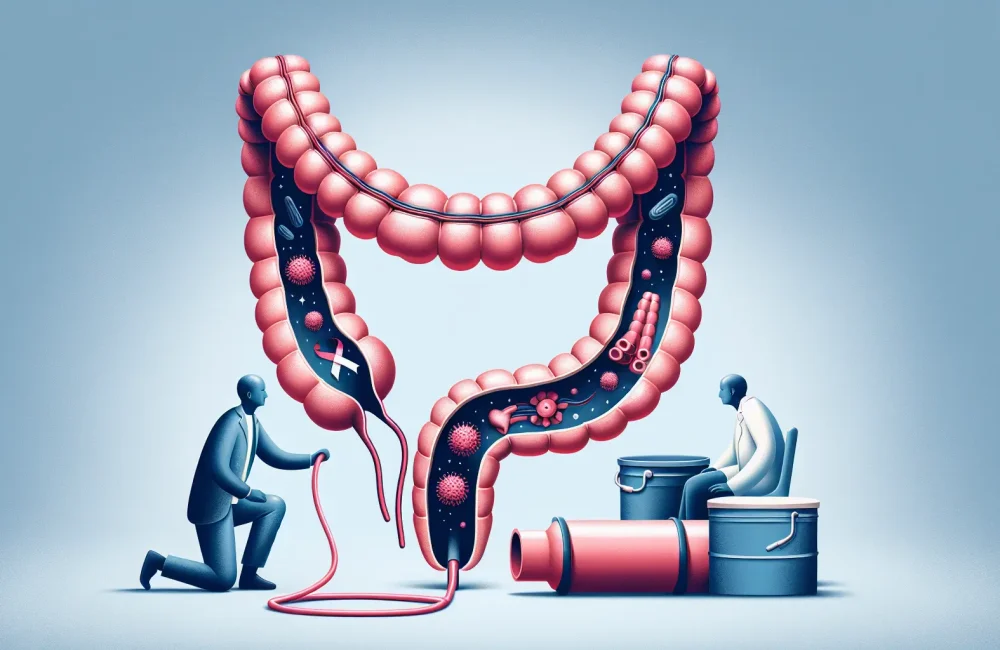By CAFMI AI From New England Journal of Medicine
Understanding Estrogen Receptor Degradation in Breast Cancer
Estrogen receptor-positive (ER+) breast cancer is a major subtype of breast cancer wherein tumor growth is largely driven by estrogen signaling. This dependence on estrogen makes the estrogen receptor (ER) a critical target for therapy. Traditional endocrine treatments, including selective estrogen receptor modulators (SERMs) and aromatase inhibitors, work primarily by blocking ER signaling and reducing estrogen production. However, despite their widespread use, these therapies often encounter the challenge of acquired resistance, limiting their long-term effectiveness. In response to this clinical problem, researchers have turned to novel strategies that focus not just on blocking ER activity but on actively degrading the receptor protein itself to improve therapeutic efficacy and overcome resistance.
Emerging Therapeutics: SERDs and PROTACs in Clinical Use
Recent advancements in breast cancer therapeutics have spotlighted selective estrogen receptor degraders (SERDs) and proteolysis-targeting chimeras (PROTACs) as innovative agents designed to induce the degradation of ER protein. SERDs, such as fulvestrant, function by binding to ER and promoting its degradation through the ubiquitin-proteasome pathway, which leads to a reduction in ER levels and cessation of estrogen-driven signaling. Fulvestrant is currently FDA approved and used primarily in metastatic ER+ breast cancer; however, it requires intramuscular administration and has limited bioavailability. To address these limitations, newer orally bioavailable SERDs are under clinical investigation, aiming to provide improved patient compliance, enhanced efficacy, and the ability to overcome resistance seen with earlier endocrine therapies. Proteolysis-targeting chimeras (PROTACs) represent a further frontier by targeting ER for ubiquitin-mediated destruction through a chimeric molecule that links ER to an E3 ubiquitin ligase, resulting in highly selective and efficient receptor degradation. Clinical trials evaluating these agents in both early and advanced breast cancer settings are ongoing, with promising evidence suggesting more complete and sustained ER blockade. Combining these ER degraders with other agents, particularly CDK4/6 inhibitors, is another focus of current research, given the synergistic potential to enhance anti-tumor activity and delay resistance development.
Future Perspectives and Challenges in ER Degradation Therapy
While ER degraders like SERDs and PROTACs offer promising avenues for improving the management of ER+ breast cancer, several challenges remain. Resistance mechanisms to these degraders are not yet fully understood and could limit long-term success. The development of biomarkers to predict which patients will benefit most from these therapies is a critical area of ongoing research. Moreover, safety and tolerability profiles of newer agents require thorough evaluation in larger clinical trials. Combining ER degradation strategies with other targeted therapies or immunotherapies holds potential for enhancing treatment efficacy but also increases the complexity of therapeutic regimens. Ultimately, continued innovation and clinical investigation will be essential to fully realize the benefits of ER degradation in breast cancer treatment.
Read The Original Publication Here






